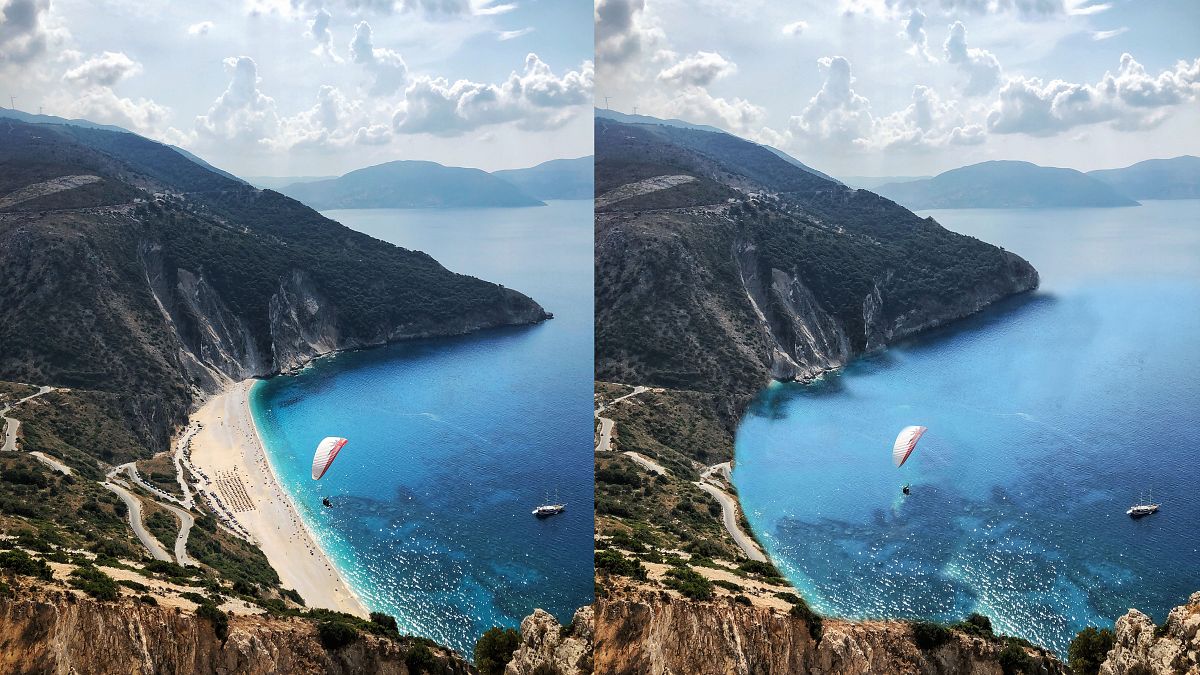This week the focus is Coastal Hazards, for Greece the main coastal hazard is erosion and sea levels rising. Erosion is when "geological processes of earth materials is taken or removed from one place to another such as soil or rocks by wind, water, or ice". One third which is 28.6% of the Hellenic coastline is being affected by erosion and the rate is 0.3-0.5 meters a year, the Aegan coast is prone to erosion mainly when sea level rises more than 3.5mm per year. This is caused by climate change and deforestation in Greece, and due to having dams or river channelization(helps with river flow to make it easier to navigate and controls flooding) there has not been as much sediment supply which helps shape landscapes, ecosystems, and coastal landforms in Greece.
Greece has put in place hard engineering structures in order to protect the coast from eroding, those being seawalls, groins, breakwaters (protects against tides), and rock armoring as well. Around 15% of the coastline that is suffering from erosion is being protected. Other protections set in place are taking care of the beaches so there is a loss of beaches in Greece, sediment recycling, and stabilization of the dunes.

I really enjoyed your post this week about Coastal Hazards. Your post was well written out and I liked how you explained what erosion is, Spain also has erosion problems and rising sea-levels. Another thing I liked is how you included the statics and their outcomes. Great job!
ReplyDeleteThis Weeks post about coastal hazard was really interesting as I got to learn more about how this disaster affects Greece. Great job
ReplyDelete